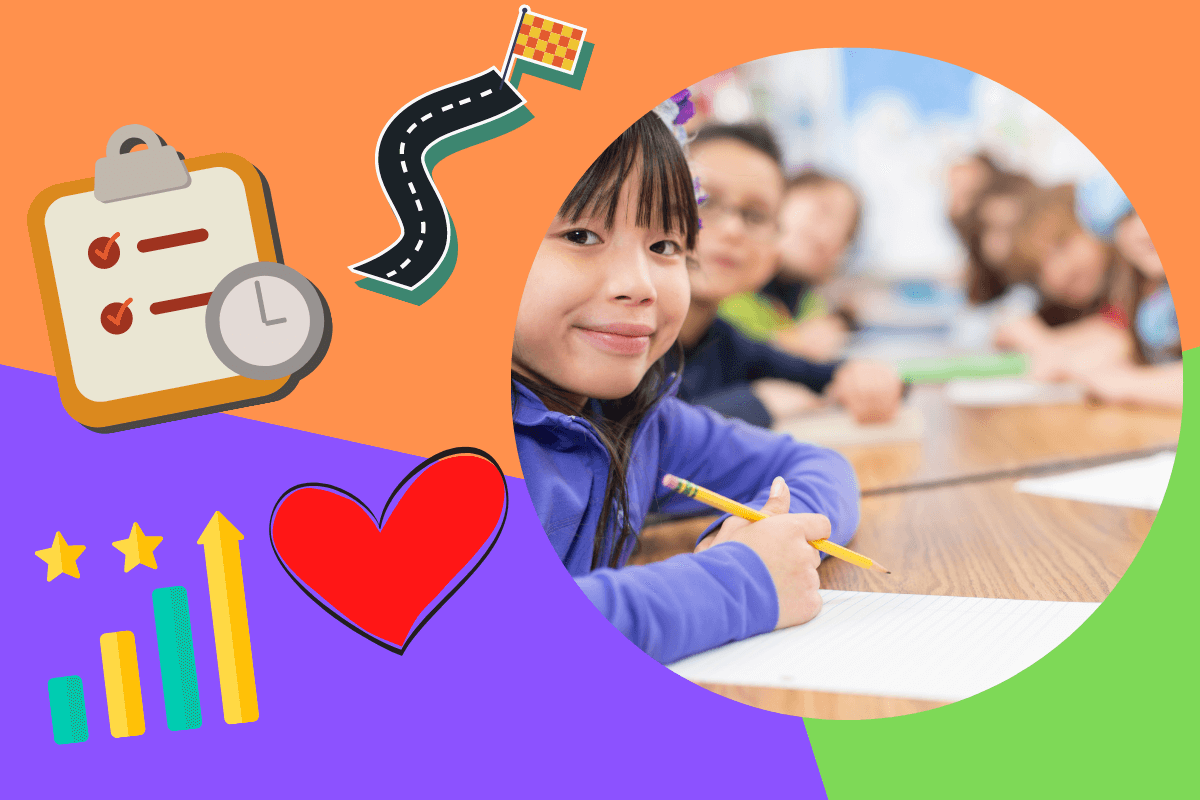
There’s never been a better time to address the COVID learning loss. As kids return to the classrooms and many restrictions are lifted, it is time to talk about education. While some studies are being released, the gap still remains in understanding just how much loss has occurred, and which student groups have been most impacted by the pandemic.
One thing we do know for sure is that math is one of the most impacted subjects during the pandemic. A recent analysis done at the beginning of the school year found that elementary students were four months behind in reading and five months behind in math.
Educators are noticing that students who spent more of their time learning through virtual schooling were generally behind their peers who attended more in-person classes. The good news is that kids seem to be rebounding quickly once they begin meeting regularly with their teachers and classmates. Teachers are doing everything they can to try and identify students and losses, making sure they’re working with parents to get them back on track.
There is no timeline for how long this catchup will take, but the federal government has provided funding to assist with education by expanding summer programs and offering extra support to students who may need it.
Parents and teachers alike are concerned about the loss of learning caused by the pandemic. However, it is unrealistic to think that a few months of anything will fully close the pandemic’s gaps. Educators are likely looking at a long game, perhaps three or more years, during which teachers must do their best to help their students.
To help students overcome this loss of learning, many teachers are reaching out for help and looking for new, exciting ways to keep their students engaged and learning. To help students overcome this learning loss, many teachers are reaching out for help and looking for new, exciting ways to keep their students engaged and learning. For example, teachers are revisiting key topics or essential understandings numerous times throughout the school year instead of teaching a unit and never addressing that topic again. This gives children more chances to understand the subject instead of simply memorizing it fully.
Many teachers are also trying to include student-centred (moving at the pace of learning) or collaborative problem-solving. Teachers are reporting that students are becoming more engaged with this style of education, which allows for better confidence in the child.
In this time of crisis, post-pandemic schools should be focusing on trauma-informed instruction, building relationships and engaging students in rich tasks that promote critical thinking and problem-solving. Since so many children have been isolated, it is more important now than ever.
This type of approach helps to establish connections by focusing on student well-being while fostering relationships through respectful curiosity and compassion. By educators creating consistent daily routines, setting clear, achievable expectations, and modelling a growth mindset, children will learn that they are in an inclusive environment free from judgement where they can learn at their own pace.
As math learning has taken a bigger hit during the pandemic than other subjects, students’ growth rate in math is expected to slow during the next few years. So, getting them the help they need now could help them get caught up quicker than expected.
An online math tutor is a popular choice for many parents. However, these tutors can often be expensive, hard to fit into a busy family schedule, or not help the child with the root of their math misunderstandings. Dropkick Math is an alternative to a tutor that can offer a unique way of learning for your child. As one of the leading math tutoring services, our Ontario Certified Teachers can provide support in key math skills through fun and interactive programs.
All students start with an assessment using our free early indicators check-in. From there, we know how the child is performing and what programs would be best suited for their needs. Once students are enrolled in our programs, they will begin building their math confidence and developing their future skills.
Get started today by learning more about our programs.